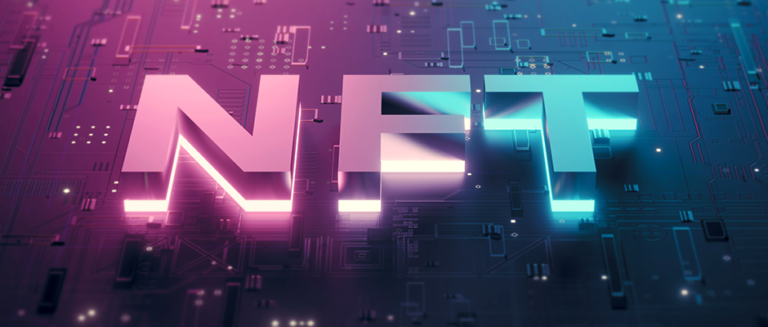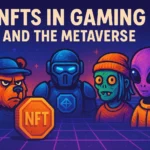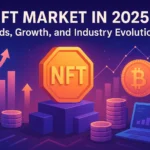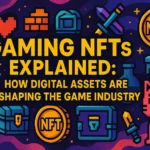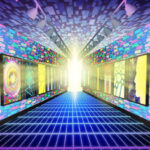-
Most Expensive NFTs in History: Top Sales & Market Impact

The emergence of Non-Fungible Tokens (NFTs) has redefined the concept of digital ownership. What began as a niche innovation in blockchain technology rapidly grew into a multibillion-dollar industry, revolutionizing art, gaming, music, and the very idea of collectible assets. Some NFTs have fetched astronomical prices, rivaling masterpieces from the physical art world. In this article,…
-
NFTs in Gaming & the Metaverse: A Deep Dive in 2025

Non-Fungible Tokens (NFTs) have become more than just digital collectibles. In 2025, NFTs are critical components of the rapidly evolving worlds of gaming and the metaverse. These blockchain-based assets enable true ownership of in-game items, avatars, virtual land, and more — fostering new economies, governance models, and player engagement strategies. This article explores how NFTs…
-
NFT Market in 2025: Trends, Growth, and Industry Evolution
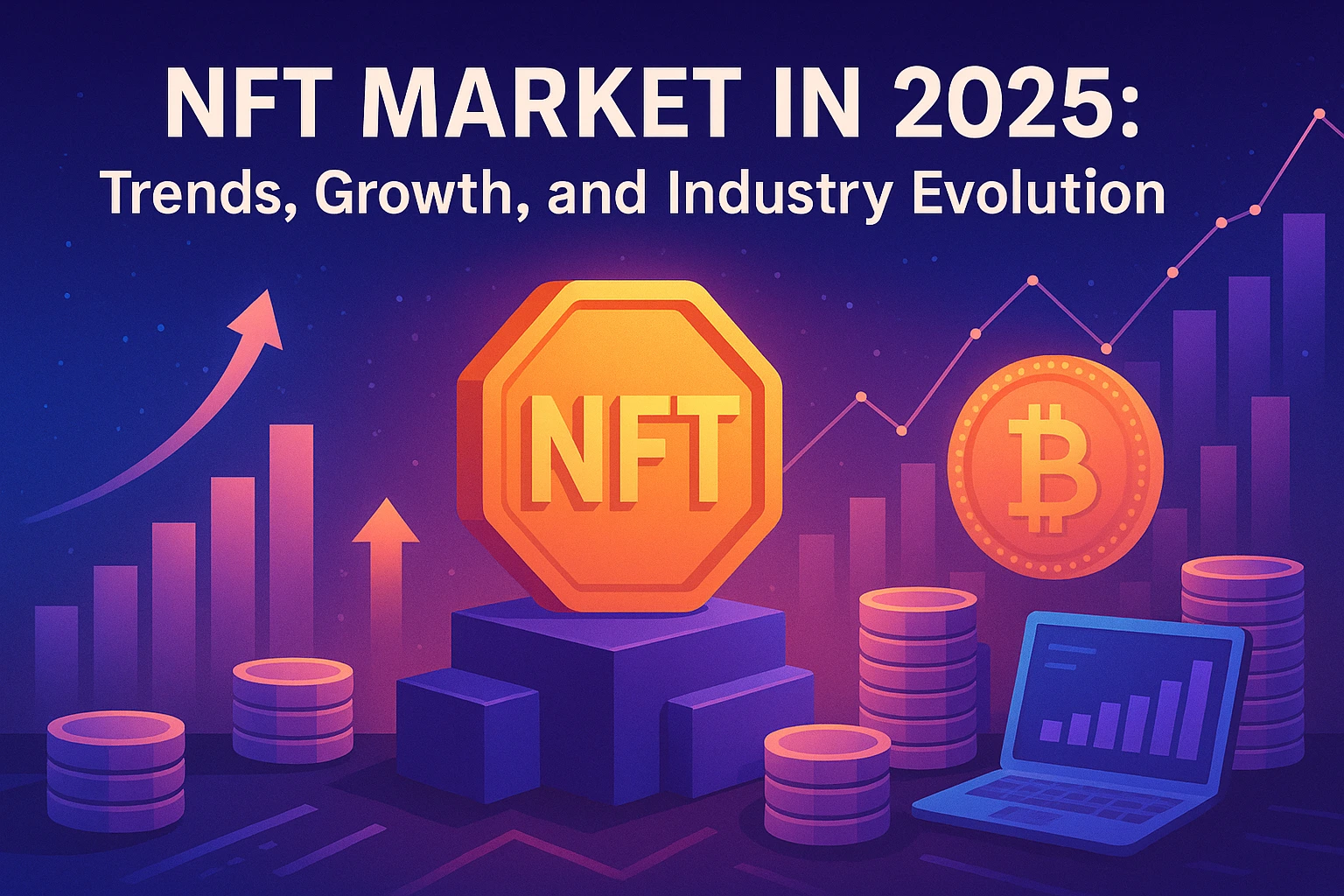
Non-fungible tokens (NFTs), once seen as a speculative craze, are undergoing a major transformation in 2025. No longer limited to pixelated art and profile pictures, NFTs are now embedded into real-world applications—from real estate and education to entertainment and decentralized identity. As regulatory frameworks mature, blockchain infrastructure improves, and brands continue to experiment with Web3…
-
Gaming NFTs Explained: How Digital Assets Are Reshaping the Game Industry

The intersection of blockchain technology and video games has created one of the most significant paradigm shifts in the gaming industry’s history. If you’ve been wondering “what does NFT mean in gaming?” or “what is NFT in gaming exactly?”, you’re not alone. As someone who’s been deep in the cryptocurrency space for over five years,…
-
The Development of Collectible NFTs and Its Effect on the Art Market
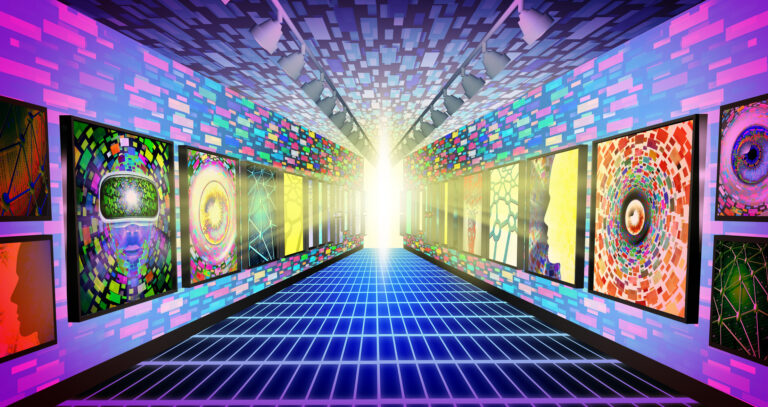
People from several businesses have recently become interested in Non-Fungible Tokens (NFTs). These digital tokens make it possible to create authenticated, one-of-a-kind digital assets that can be purchased, sold, and traded exactly like tangible assets. NFTs are employed in various applications, including gaming, music, sports, and more, but their development has significantly impacted the art world.…
Categories
Recent Posts
- Most Expensive NFTs in History: Top Sales & Market Impact
- NFTs in Gaming & the Metaverse: A Deep Dive in 2025
- NFT Market in 2025: Trends, Growth, and Industry Evolution
- Gaming NFTs Explained: How Digital Assets Are Reshaping the Game Industry
- The Development of Collectible NFTs and Its Effect on the Art Market

